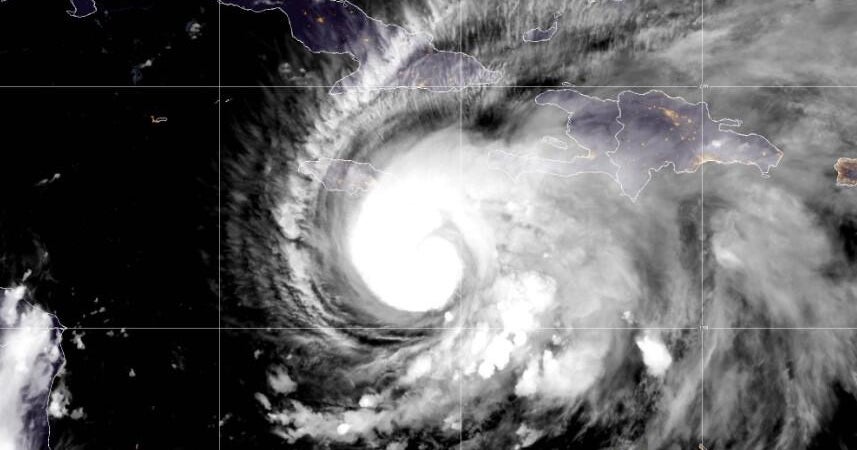We have all grown up learning about reflection, bending light with shiny surfaces, or even mischievously flashing sunlight into someone’s eyes with a hand-held mirror. Films often magnify that magic: In The Mummy, a single reflected beam unlocks a hidden chamber deep underground. Mirrors have always fuelled science, stories and adventure.But now, an American start-up wants to take that idea far beyond anything imagined on screen, right out of the atmosphere. California-based Reflect Orbital plans to launch more than 4,000 giant mirrors into orbit, designed to bounce sunlight back to Earth after dark. The goal is to create “light on demand”, extending daytime into early mornings and evenings.The concept has sparked excitement in some corners and deep alarm in others.
The plan behind installing thousands of mirrors in space
Reflect Orbital’s system would fly in sun-synchronous orbit, skirting the line between day and night. When a region on Earth slips into darkness, a satellite mirror would tilt to redirect sunlight onto a precise 5-kilometre-wide zone below. The company believes this could help boost clean energy production during peak-use hours, support agriculture, aid nighttime work, or provide emergency lighting after disasters.A small demonstration mission, EARENDIL-1, is planned for launch next year. The company already has government backing, including funding from the US Air Force, and claims strong commercial interest.
Why scientists are worried: “Catastrophic for the night sky”
Astronomers warn the project could dramatically increase light pollution, making it harder to observe the cosmos. Some experts say the mirrors could reflect light four times brighter than a full moon, creating moving “artificial stars” that streak through telescopes and obscure scientific images.Environmental researchers are equally concerned. Wildlife depends on natural darkness, from migrating birds to nocturnal insects, and artificial brightening can disrupt sleep patterns, navigation, feeding and reproduction. Critics argue that the plan effectively erases the boundary between day and night that life on Earth has evolved with for millions of years.
Mirror beams and global biodiversity risks
Even if the light is confined to a specific target zone, scientists say the glow could scatter into surrounding areas, harming ecosystems over much wider regions. Rapidly rising light pollution has already been linked to falling insect populations and human sleep disorders. Adding thousands of orbiting light sources, critics argue, could accelerate these impacts.Experts have urged regulators to conduct rigorous environmental reviews before approving the full constellation.
Can the risks be reduced?
Reflect Orbital insists its light will be “soft, moonlike”, and that the mirrors will turn away when not needed. The company says it intends to collaborate with astronomers and ecologists during testing and adjust the design if required.But many researchers remain sceptical. Unlike other satellite missions where brightness is a side effect, this project’s core purpose is to illuminate the planet which critics fear could set a dangerous precedent for the future of space.





